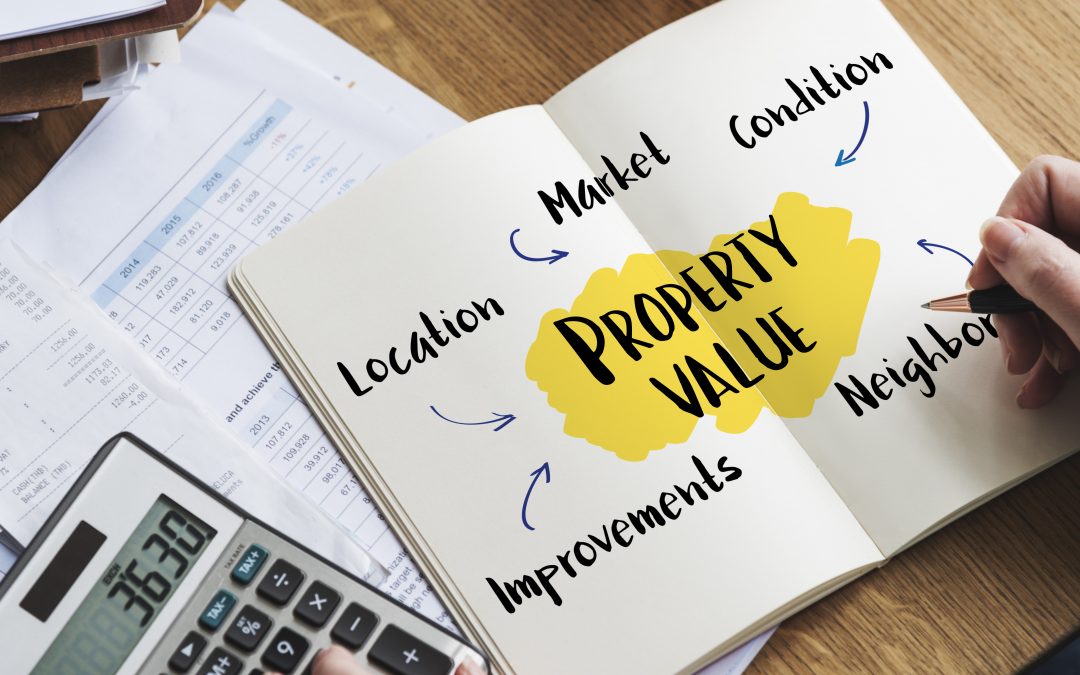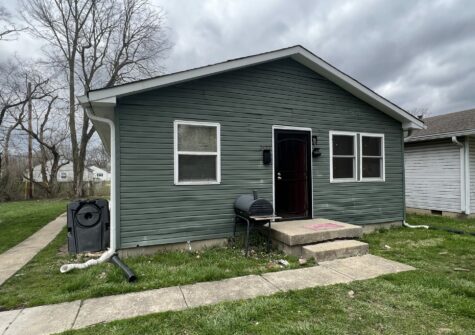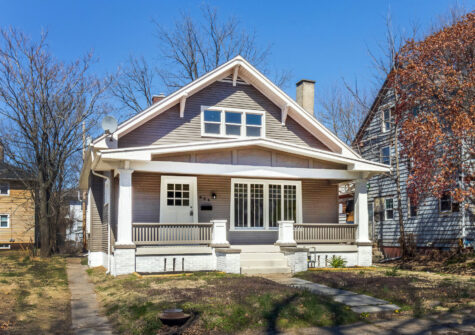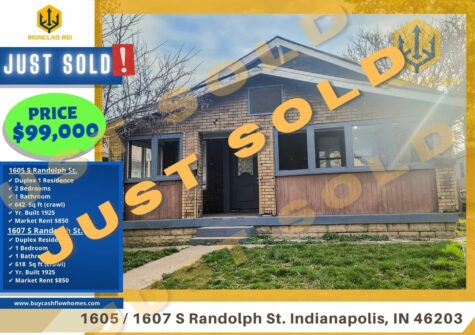When neighborhoods begin to decline, they get gentrified, which is when low-value properties are renovated. New homeowners move into the area and quickly change it’s makeup. Landlords should adapt their strategies for this. While most think of gentrification as a negative thing, some new studies have shown benefits of gentrification, for both landlords and renters. As new, more affluent people move in, property values go up for current renters. Property owners in gentrifying areas must be honest about their own property compared to others, and recognize if they need to renovate to attract new renters.
When an area is gentrifying the local market can change quickly. Landlords must decide whether or not they need to totally redo their property or just fix a few things. Remodeling can allow you to charge higher rates, but it will have a high initial cost. And you can’t always count on new businesses or stores to come in unless pushed for by locals. Landlords must also keep in mind as an area improves, property taxes are likely to increase to pay for new services such as expanded fire and police.
The biggest difficulty for landlords will be dealing with existing tenants, who may be nervous about the changes or if they will have higher rents in the future. Landlords should make sure current tenants are assured they will not be affected by new tenants. Gentrification brings many changes as challenges, and needs to be dealt with thoughtfully. Real Property Management understand the risks and rewards of this process and can work with property owners on the best approach for their neighborhood.
Don’t be content with a low value real estate portfolio; renovate it and boost profits #Ironclad
Key Points:
- 1Gentrification brings several new challenges to property owners.
- 2Gentrification can bring positive changes to property owners in the form of increased city services and increasing property values.
- 3Tenant relationships and staying ahead of the curve will ensure you can take advantage of gentrification.
See the original at: https://thinkrealty.com/taking-low-value-property-new-heights/




